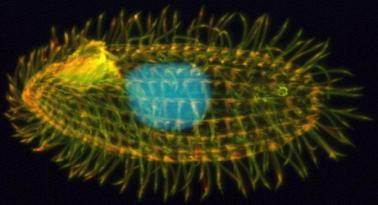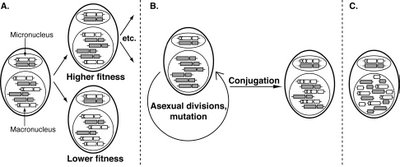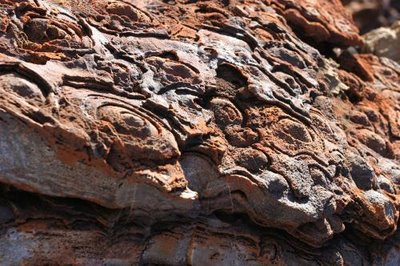
This is something I never realised existed: a colour changing snake (Via). Here is the news release from the WWF:
"Gland, Switzerland – A new snake with the ability to spontaneously change colour has been discovered in the forests of the Heart of Borneo, one of the most biologically diverse regions on Earth, possessing staggeringly high numbers of unique species across all groups of plants and animals.
This ability of the snake to change colour is known from some reptiles, such as the chameleon, but scientists have seen it very rarely with snakes and have not yet understood this phenomenon.
The snake was discovered by a German researcher who described it with the collaboration of two American scientists.
“I put the reddish-brown snake in a dark bucket. When I retrieved it a few minutes later, it was almost entirely white,” said Dr Mark Auliya, reptile expert at the Zoologisches Forschungsmuseum Alexander Koenig in Germany, and a consultant for WWF.
Dr Auliya collected two specimens of the half-metre long poisonous snake in the wetlands and swamped forests around the Kapuas river in the Betung Kerihun National Park, an area in Kalimantan (the Indonesian part of Borneo) where WWF supports conservation work. The scientists named it the Kapuas mud snake.
The genus Enhydris, to which the new snake belongs, is composed of 22 species, only two of which are widespread. All the others have a very restricted range. The scientists believe this newly discovered snake might only occur in the Kapuas River drainage system.
In the last ten years, 361 new animal and plants species have been discovered on the island of Borneo. This amounts to three new species a month in an area only a little more than twice the size of Germany.
“The discovery of the ‘chameleon” snake exposes one of nature’s best kept secrets deep in the Heart of Borneo," said Stuart Chapman, WWF’s international coordinator of the Heart of Borneo initiative.
"Its ability to change colour has kept it hidden from science until now. I guess it just picked the wrong colour that day.”
However, WWF warns that the home of the new snake is threatened. Today, only half of Borneo's forest cover remains, down from 75 per cent in the mid-1980s.
But there is also hope that this trend could be halted as the three Bornean governments – Brunei Darussalam, Indonesia and Malaysia – recently launched the Heart of Borneo initiative, which aims to preserve approximately 220,000km2 of equatorial forests and numerous wildlife species."
Here is the paper describing the snake:
J. C. Murphy, H. K. Voris & M. Auliya.
A new species of Enhydris (Serpentes: Colubridae: Homalopsinae) from the Kapuas river system, West Kalimantan, Indonesia.
The Raffles Bulletin of Zoology (vol 53, p 271) (Free PDF)
‘Chameleon' snake can turn white in minutes (New Scientist)








